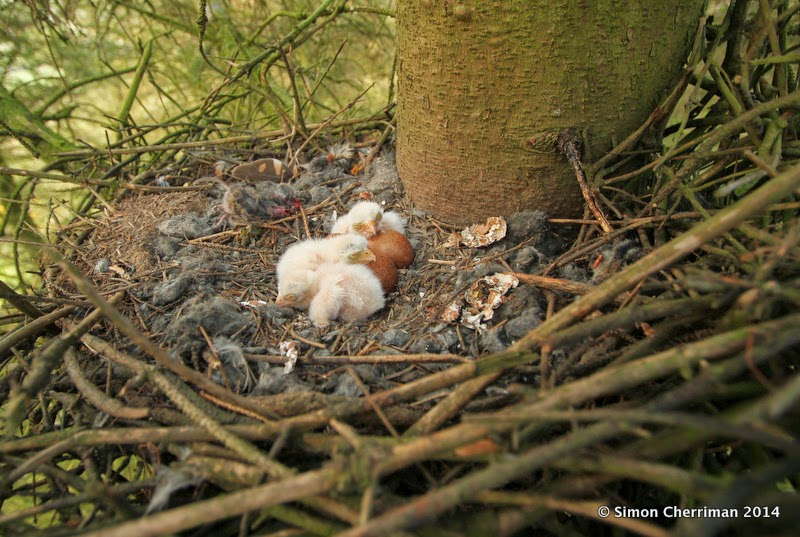Welcome to the News section of the iNSiGHT Ornithology website (https://www.simoncherriman.com.au/). This blog contains updates about various things I've been up to, interesting environmental issues and observations I make regularly while going about my day. It is designed to be fun AND educational, and inspire you about our wonderful natural world. Happy reading!
Monday, 19 May 2014
Voles and Kestrels
"What the hell is in the picture?" I hear you ask! This mass of blood and intestines is the remains of a small mammal known as a Short-tailed Field Vole (Microtus agrestis). The other shapes you can see are also field voles - but these ones are in regurgitated form, having been eaten and the indigestible parts (like fur and bones) being spat back out. By what?
The species responsible is the Common Kestrel (Falco tinnunculus) an amazing bird of prey which hovers above fields, and, with its expert ultra-violet sensing vision, locates the urine trails of voles among the grass. It then watches for a vole to move and drops down in a fast dive to capture it in its talons. At this time of year, male kestrels will be hunting frequently to take voles back to their females, who are busy incubating eggs. When the eggs hatch, more vole food will be in hot demand from the hungry chicks. Here's what 3 newly hatched kestrels look like:
And here is a wider shot of the same nest, showing a large number of pellets (containing field vole) regurgitated by the incubating kestrel, placed in a ring at the edge of the nest. This is a typical nest site for a kestrel - an old, disused stick nest that once belonged to a crow. The nest was placed high up in a spruce tree on a Scottish roadside, and I had the privilege of being shown it by Rab and Stuart Rae, two ornithologists from Aberdeen.
A revisit to the nest 10 days later shows how much the kestrel chicks have grown. The clutch of 6 eggs has been reduced to a brood of 5 chicks, but all look healthy, and with the amount of field vole activity nearby, they all have a strong chance of survival. You can see in this picture the huge increase in the number of pellets - the kestrel chicks are sitting on a nest that is now lined almost entirely with regurgitated vole. There are also many more white scats on the rim of the nest, a sign of that the chicks defecate over the edge, as with most birds of prey.
Ok - so we've talked a lot about partially eaten and regurgitated field-voles... what does a live one look like? I had no idea until I managed to capture one in the grass a few days after the second nest visit. It's a bit of a 1950's style shot of the human hand grasping the animal, not exactly the natural look, but here is a whole vole!
Here is my last image for this post - the view looking up the ladder-like climb to the crown of the spruce tree in which the kestrels' nest site was situated. There are certainly more rungs on this tree than the Eucalypt trees I am used to climbing, and also a great deal more 'sawdust' (actually bark-covering moss and lichen) which rubs off and fills your eyes. But not in the least bit discouraging when a unique bird of prey is at the top.
Subscribe to:
Post Comments (Atom)






No comments:
Post a Comment